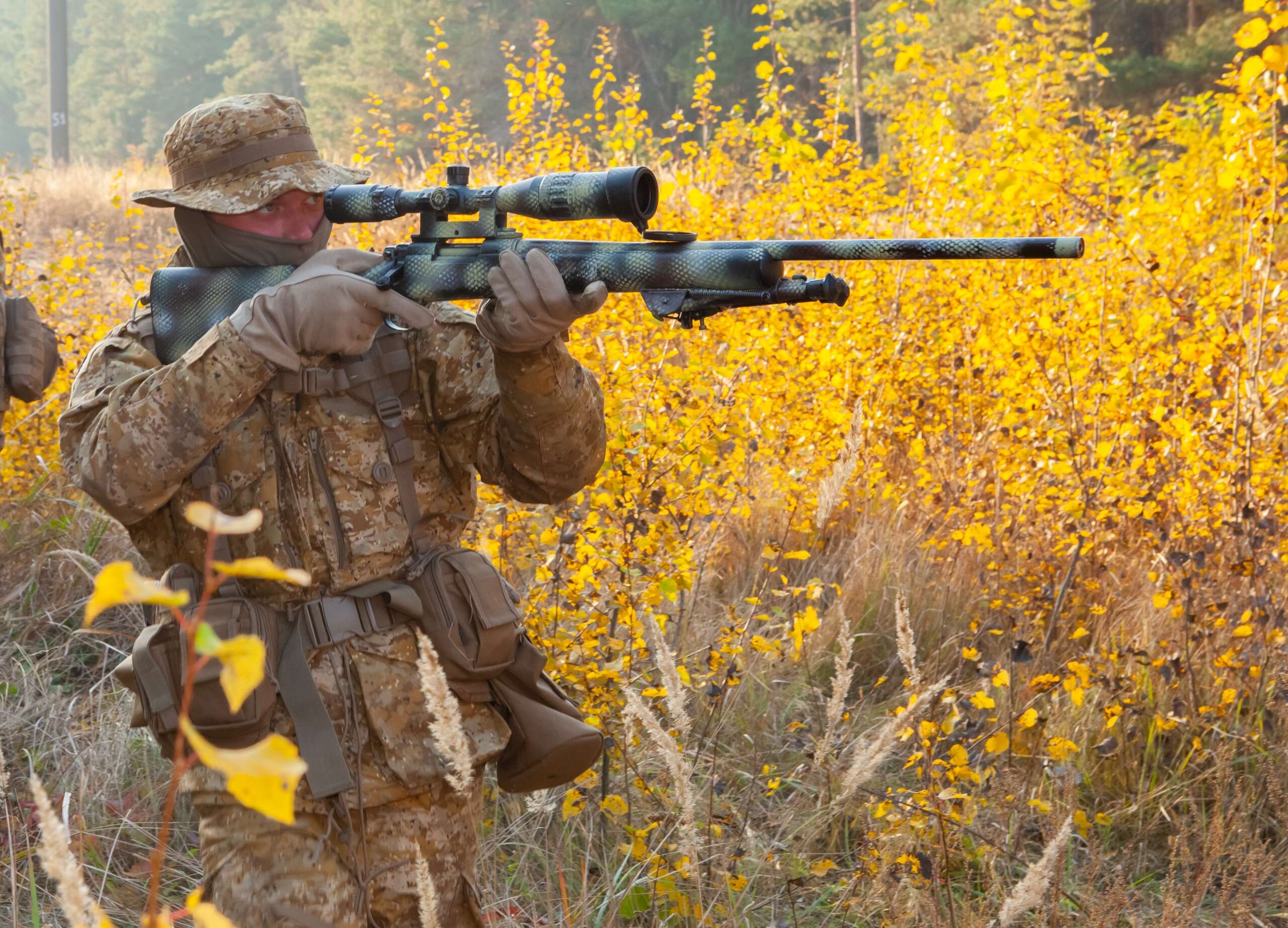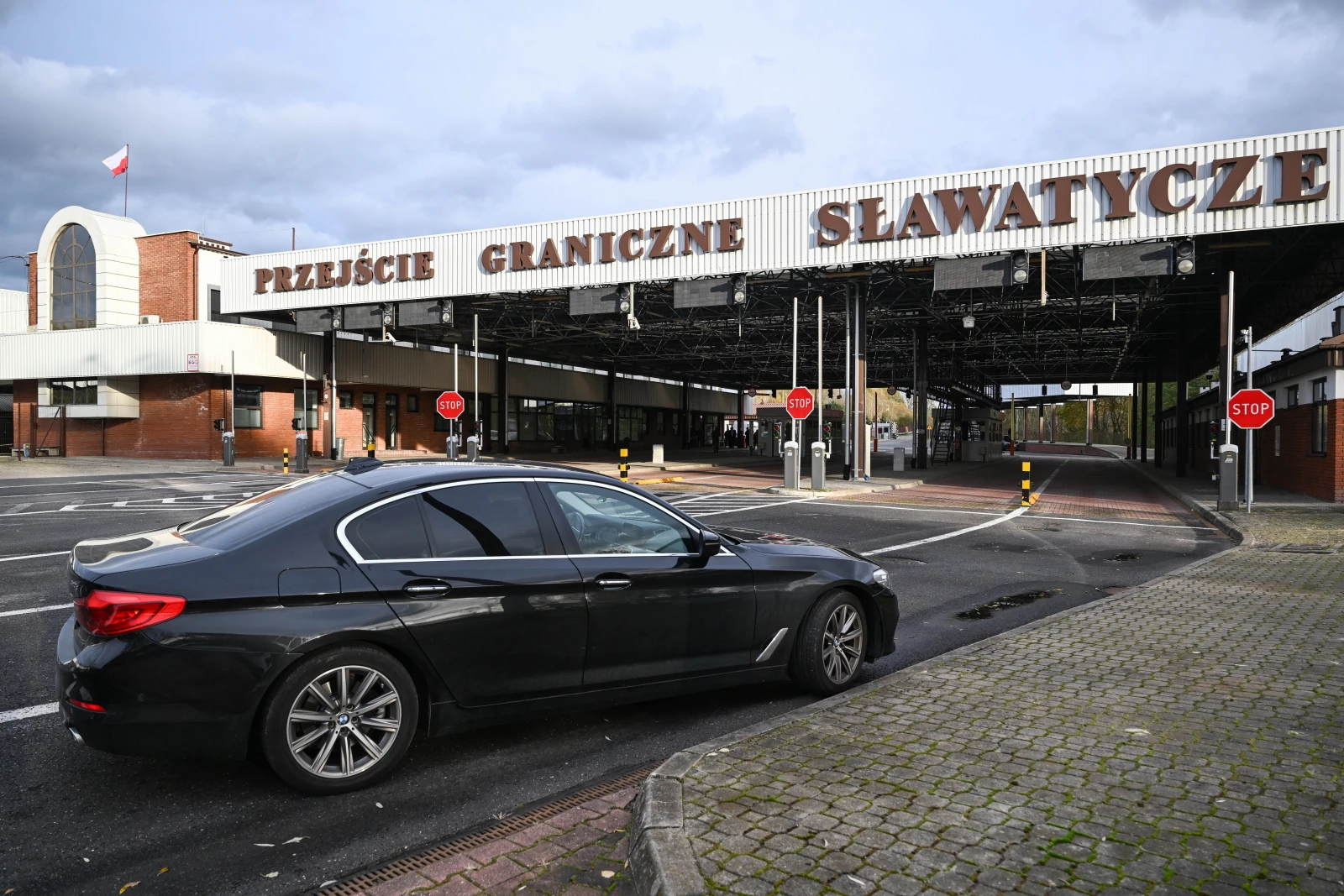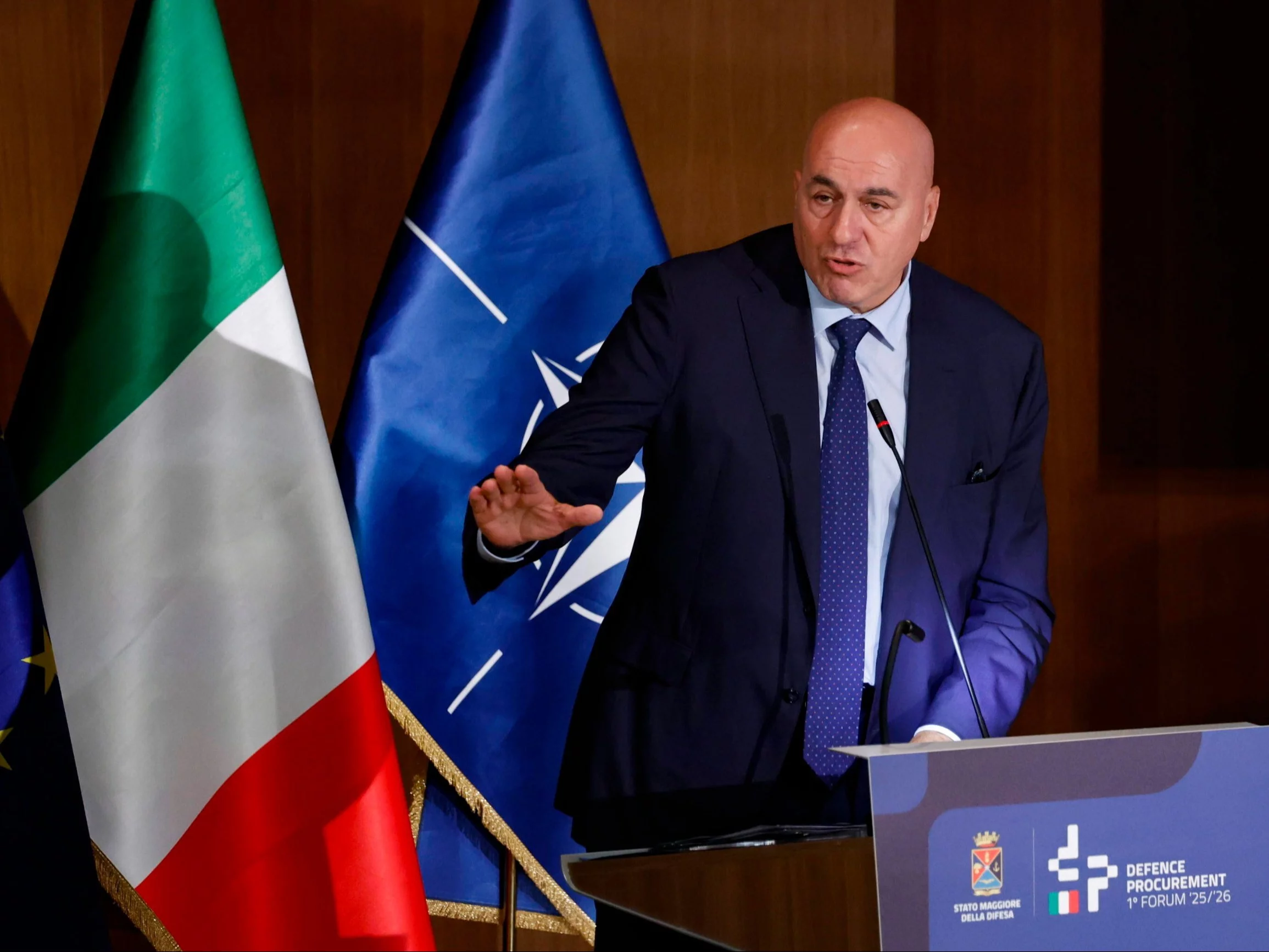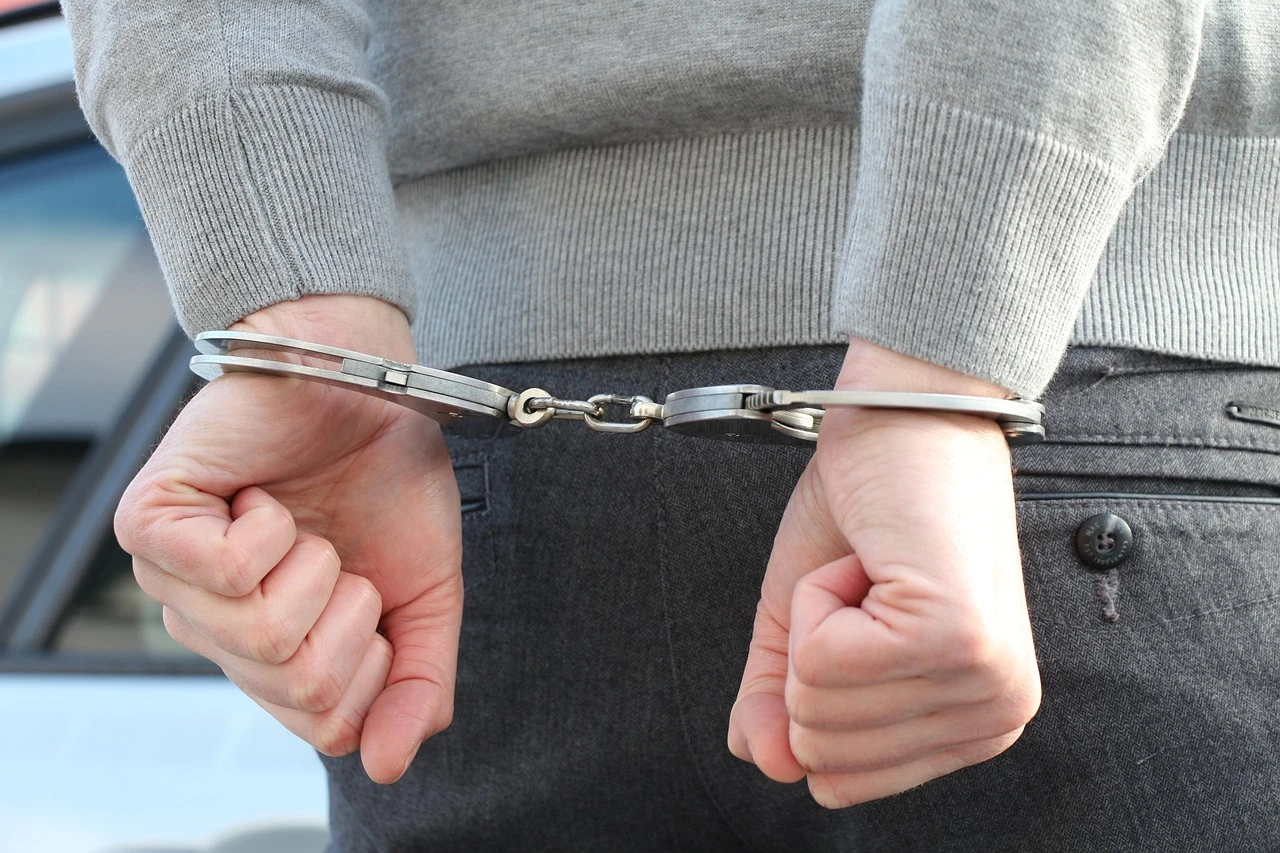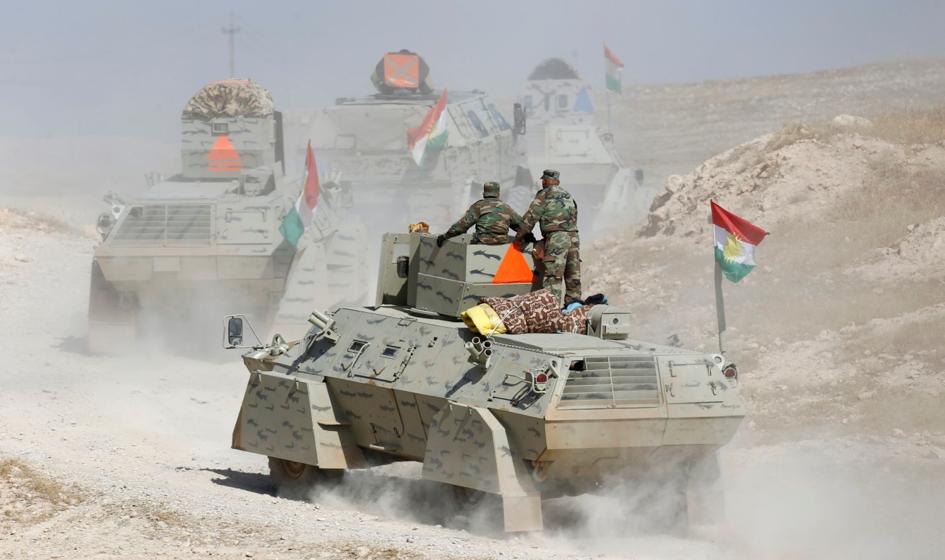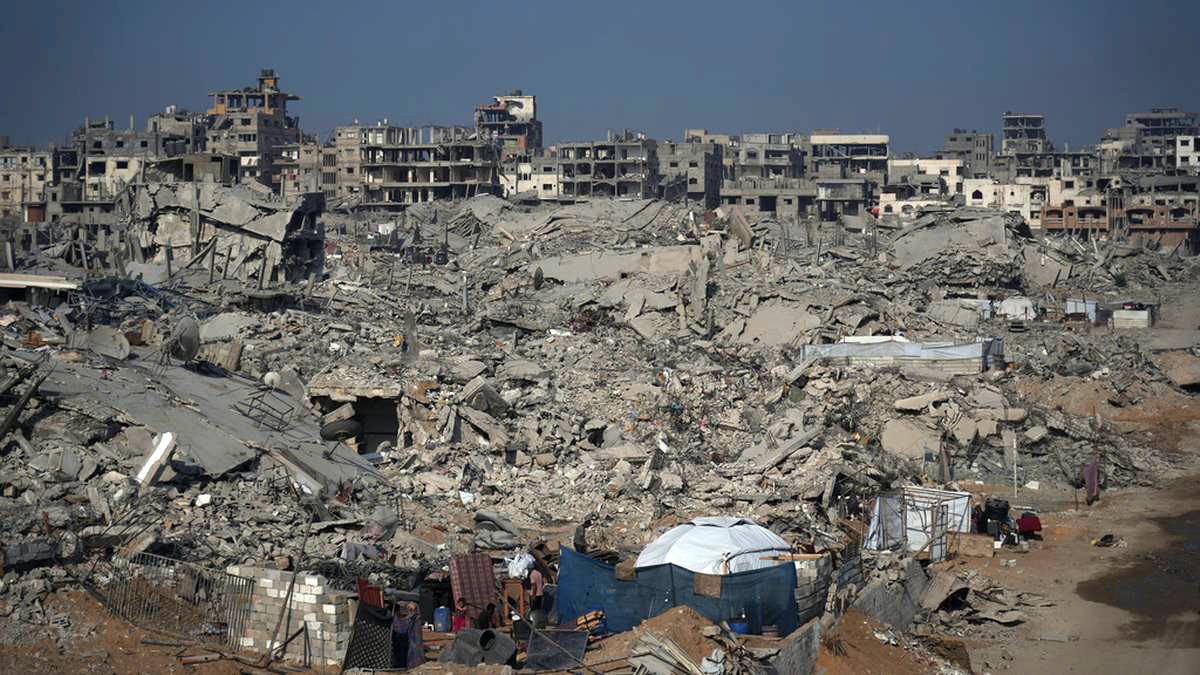The president of Ukraine announces the creation of an assault army. 1308th Day of War


Russian forces proceed to attack at the border of the Djepropetrovsk and Zaporosian circuitswhere 4 more towns passed under their control. They besides attack in the south-western part of Pokrovska, and according to any sources they have already occupied respective quarters there. As a result, the displacement of defenders from the last positions in the SereBRIAN Forest (the battles were fought there since 2022) and the fortifications on the outskirts of Jampil have winged Siewiersk from the north. Ukrainians are inactive staying in the Node of Shandryholov, which makes it hard for the aggressor to further advancement towards Lyman and to intersect the main railway line connecting Kharkiv with Slavic and Kramatorski. On the another hand, he has made further advancement east of the Oskoł River, where, as a consequence of the struggles in Kupinsk, defenders are increasingly having supply problems.
On 18 September Volodymyr Zelenski reported on Ukrainian counteroffensive in the Donetsk direction. Since the beginning of the operation, defenders in the vicinity of Pokrowska and Dobropol were to liberate 160 km2 with 7 localities and “clear from Russian presence” another 170 km2 with 9 towns. A day later, the president repeated the President's words to the Commander-in-Chief of the Armed Forces of Ukraine Alexander Syrski – he notified of the operation "in the direction of good Poland" and added that the troops had gone deeper into areas previously occupied by the enemy for 3–7 km (this would mean advancement on the front of a fewer twelve kilometres wide). On 20 September, Zełenski returned to the subject of the counteroffensive – he announced that there were 330 km of defenders in the region of Poland and the region of Pokrowska again.2 the area. 2 days later, he informed Syrski about her further advancement – he stated that a full of 164.5 km was released2, and from Russian diversional and reconnaissance groups cleared 180 km2.
The reports of Zelenski and Syria regarding the ongoing counteroffensive are not confirmed by the situation at the front. The subject was not taken up by Ukrainian sources of OSINT and local command, which, according to erstwhile practice, publicized insignificant tactical successes of defenders. The situation was stabilised after the Russian breach in the area of Dobropol in mid-August, and according to the DeepState map, about 40 km returned under Ukrainian control.2 the area. In mid-September, defence counterattacks led to the recovery of another 10 km2, in an area recently occupied by the enemy already this month. In the Pokrov region, Ukrainians have suffered only territorial losses in fresh weeks. It is likely that the president and the commander-in-chief's reproduction of the counteroffensive was intended to rise the failing morale by generating enthusiasm akin to that of the actual successes on the front (last time the Ukrainian troops entered the Kursk region in August 2024).

On September 20, invaders carried out another massive air strike aimed at logistical and industrial facilities of the opponent. Drones and/or rockets hit Dniepr (including Piwdenmasz plants) and Pawlohrad (mechanical plants). 1 civilian was killed in the attacks and 36 wounded. The harm besides occurred in Mikołajów and the Khmelnitsky, Kiev circuits (e.g. the composition of propellants and lubricants in Borispol) and Odski. In the afternoon of the same day, hostile drones hit the transport infrastructure in Chernihov, and from multi-guided rocket launchers, the industrial area in Sumach was shot, resulting in temporarily cut off power supplies.
On September 17, 1 of the most serious strikes in Ukrainian railway infrastructure occurred. Powering power substations in the Cherkasy and Kirovohrad region were hit, resulting in nearly 2 days of difficulties in the movement of trains towards the Djepropetrovsk circuit. Kropywnicki and 44 another localities of the Kirovohradsk region were besides periodically deprived of electricity. NASA's FIRMS pictures show that large fires broke out in grin railway junctions in the Cherkah Oblast and Kalinówka close Vasilkov Airport in the Kiev Oblast. A day later, as a consequence of the impact on the power substation close Mirhorod, the movement of trains in the Poltava region was temporarily halted, while on 23 September there was another consequence of paralysis on the railway of the attack in the Kirovohrad region.
The permanent mark of Russian drones and rockets remains the defence base in east and confederate Ukraine. In addition to the above, companies in the Poltava region (17, 21 and 23 September) were attacked, among others, Pavlohrad (19 September), Krzywym Rog (21 and 23 September), Mikołajów (22 September), Odessa and its surroundings (22 and 23 September), Sumach (22 September) and Chernihów (as a consequence of the attack on critical infrastructure on 23 September temporarily cut off power supplies) and in Kiev circuitry (18 and 22 September, among others, factories and logistics centre in Boryspol) and Chernihowz (19 September there was a fuel base fire). Zaporozhye was attacked 3 times on September 22 and 23. They were hit by air bombs and, most likely, at least 1 ballistic missile, and according to any sources, the mark could be units moving to the front in the Zaporo region. A full of 4 civilians were killed in attacks on the city and 4 more were injured. According to the Command of the Air Force and the General Staff of the Ukrainian Army from the evening of 16 September to the morning of 23 September, the invaders utilized a full of 1222 strike drones and their imitations, from which the defenders neutralized 1075, and at least 50 rockets from which 29–31 (all 20 September) were to be shot down.

On 18 September, Ukrainian drones attacked the Gazprom Petrochemical Complex in the city of Salawat in Bashkortostana, beating another scope evidence (the earlier was 100 km shorter). There was a fire on the premises, and according to the safety Service of Ukraine (SBU) the oil purification plant was damaged. On the same day, a refinery in Volgograd was besides attacked. 2 days later, unmanned workers hit refineries in Novokuybyszewski in the Samar region, where the fire occurred, and in Samara. According to Ukrainian sources, the intent of the joint operation of SBU and peculiar Operations Force was besides to install the Kujbyshev-Tichorieck pipeline (mainly pump stations), but there was no information that crucial harm was done. Massive attack, e.g. on Moscow, carried out by defenders on the evening of 22 September utilizing the largest number of drones since spring (according to Russian sources 339 were shot down) did not bring major effects.
Ukrainian military intelligence (HUR) reported further attacks on enemy military facilities in Crimea. On 21 September and most likely the day before (dates not specified) the radio station, 3 Mi-8 helicopters (a movie confirming the demolition of 1 of them was published on the Ukrainian internet) was to be hit and – for the first time in history, as highlighted in the release – 2 aircraft-amphibie Be-12. besides on 21 September, unmanned people were to attack the Foros sanatorium close Yalta, where representatives of the Russian authorities could be present according to Ukrainian sources.

Latvia has transferred Ukraine's second batch of armored wheel transporters Patria 6×6, which on September 16 he informed the Ministry of Defence there. The first tranche of vehicles produced in Latvia was delivered in July of that year, and Kiev is yet to receive them 42. On the same day, the Reuter Agency reported that Donald Trump's administration approved the first 2 support packages within the mechanics of the alleged precedence list of needs for Ukraine (Priorized Ukraine Requirements List, PURL) with a full value of $1 billion.

On September 20, president Zelenski announced the formation of the assault troops. As he pointed out, within 7–10 days, a fresh kind of military will be officially announced – the second created in war conditions, after the forces of unmanned systems. This is to be another, after the spring began the transition to the body structure, a remedy to the hard situation on the front. 2 days later, the General Staff clarified that it was not about changes in the Armed Forces, but about placing the peculiar authority of the already existing assault regiments and assault divisions in the brigades. The assault troops will be utilized to break the enemy's defence and safe entry into the main forces' combat, while they are not to participate in the defensive action. The creation of a fresh kind of military will facilitate the formal side observed for more than a year, and the current increasing tendency to usage the best subdivisions without their permanent subordination as a circumstantial fire brigade and free movement to the most endangered sections of the front.
A Kiev global Institute of Sociology poll published on September 16 shows that 54% of Ukrainian adults (both men and women not in military service) declare their readiness to join the Ukrainian Defence Forces, if needed – 23% of respondents are definitely ready, 31% – alternatively ready, 15% – alternatively not ready and 23% – definitely not ready). In a akin survey of 2023, 62% of respondents expressed their willingness to fight.
18 September President Zelenski signed the Military Rights Ombudsman Act. It is to identify cases of breaches of the rights of soldiers and their causes, to deal with complaints, to make methods of preventing and eliminating violations, to prepare recommendations to military command authorities and to analyse data, complaints and reports on the situation of soldiers. The head of the fresh body was the erstwhile head of state for the protection of the rights of Olha Reshetilov's soldiers.
A day later The president announced that Ukraine is launching “controlled exports” of weapons. This step is to rise funds for the improvement and increase of mass production of modern weapons needed on the front. Exports will include sea drones, anti-tank weapons and not listed another types of military equipment. Zelenski added that within 2 weeks his concept will be presented, namely 3 fresh export platforms: the first for exports and cooperation with the US, the second for trade with European partners, and the 3rd for sales to another partners in the planet who are curious in Ukrainian weapons and from whom Kiev received any form of support. Ukrainian arms producers have long sought export opportunities, but so far the state authorities have not agreed to this. The decision is intended to supply an impetus for the national defence industry. It is expected that the proceeds from this will be utilized primarily for the improvement of drone technology and another unmanned systems.

According to data disclosed on 19 September by an anonymous typical of Ukrainian peculiar services Russia, in cooperation with Iran, conducts large-scale recruitment operations targeting the acquisition of mercenaries from the mediate East to participate in the war against Ukraine. It is mainly about the citizens of Iraq, Syria, Afghanistan, Libya and Yemen, including erstwhile ISIS fighters. They are promised a wage of $3 to 8,000 and a Russian citizenship after six months of service.

The Military Prisoners Coordination Staff warned that Russian peculiar services carry out actions against the families of Ukrainian POWs and soldiers declared missing. Russian agents contact families, impersonating kind people, and then offer aid and information about loved ones. After first polite communication, there is an escalation of force and blackmail. Relatives are forced to photograph military facilities or to execute peculiar tasks in exchange for promises of information about the destiny of prisoners or to improve their detention conditions. The victims are subjected to intellectual pressure, which frequently leads to emotional breakdown. Due to manipulation and blackmail, any of these people are forced to spread Russian disinformation narratives discrediting the Armed Forces of Ukraine.

American researchers at Yale School of Public wellness published a study on September 16 indicating that The Russians formed in FR and temporarily occupied territories Ukraine at least 210 institutions for the ‘reeducation’ of Ukrainian children. The aim is to instill pro-Russian ideology and training in military skills. These institutions include cadet schools, medical facilities, children's homes, universities, recreation centres, military bases, and even monasteries. In at least 39 facilities, children aged 8-17 participate in military training on drone handling, medical tactics, shooting and grenade throws. Only in 2025 the Russians exported nearly 11 1000 minors from occupied Ukraine.
According to information provided on 17 September by the Government Centre for Combating Disinformation (CPD) The Russians began a fresh wave of mobilization in occupied Melitopol. The business authorities announced measures to guarantee forced entry of residents in military registration offices, medical examinations and military registration of persons residing in occupied areas. The CPD recalled that the Kremlin's erstwhile promises that they were to be “unobserved by conscription for at least 5 years” proved to be a lie. Mobilization is part of a broader strategy of the occupiers who treat the Ukrainian population only as a reserve of their own armed forces.





